Why you can trust TechRadar
Picture quality
The Panasonic TX-L32E6B puts on quite some performance, with its pictures' colour, detail and upscaling all impressing us.
All LED-backlit TVs arrive to us in scorch-yer-eyes-out mode, but at least the Panasonic TX-L32E6B makes light work of calibration by providing two excellent picture presets; Cinema and True Cinema, adding a custom mode, too.
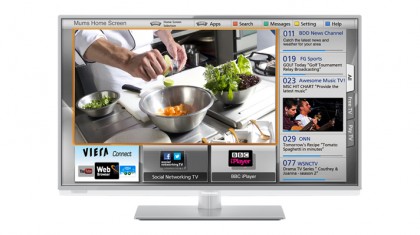
It's True Cinema that impressed us during our test Blu-ray disc Life of Pi, largely with its convincing black levels, scintillating colour (truly spot-on natural-looking tones), awesome Full HD detail and a smoothness to fast-moving scenes.
There is the odd blur to some sequences, and the sinking of the ship in the dingy Pacific night does reveal a slight bluish tone if you watch it in a blackout (as well as some evidence of slight LED leakage at the edges), but we're being picky by pointing these out; the Panasonic TX-L32E6B is an excellent performer with HD movies.
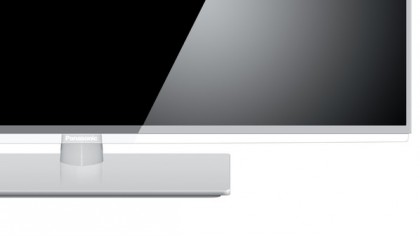
The TV's probably best watched with some ambient light on nearby, which constitutes normal viewing conditions in most living rooms.
Those same strengths apply to Freeview HD channels, too, with Blood Diamond on ITV 1 HD displaying tremendous close-up detail and more of that ballistic colour, both of which really open up sequences in the forests, with plenty of brightness on show.
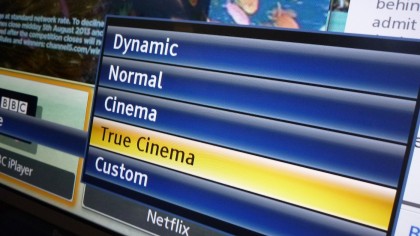
The Panasonic TX-L32E6B proves a decent upscaler of standard definition-sourced content, too. We did notice some jagged edges around some of the characters in Neighbours, but it was limited, just like our occasional spotting of digital blocking.
Sign up for breaking news, reviews, opinion, top tech deals, and more.
Otherwise, the Panasonic TX-L32E6B upscales standard definition fare well, with everything from YouTube videos to DVDs receiving a noise-free treatment that's very involving.
Sound
Considering that the Panasonic TX-L32E6B can have music streamed to it from smartphones, tablets and computers, it doesn't do a great job with them. Tunes are detailed, though biased towards the high frequency side, and bass levels can be nudged, but there's little mid-range to plug the gap.
It's actually all fine for daily digital TV duties and the odd movie, though dialogue in the latter can get lost. There are two cures to this issue.
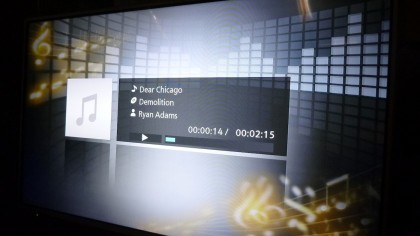
The first is to use the Surround mode, which drags out some background detail and slightly lifts dialogue.
The second is to cut your losses and invest in a dedicated soundbar or similar, to make sure you get the best sound possible.
Value
The Panasonic TX-L32E6B is judged about right, price-wise. With a full price of £549.99 (around US$845 / AU$945) it is expensive for such a small TV - especially these days - though there are few other smarter choices in the 32-inch category.
If you're after a top-end smart TV for your bedroom, then the Panasonic TX-L32E6B has only a few Samsung and LG sets to compete with.
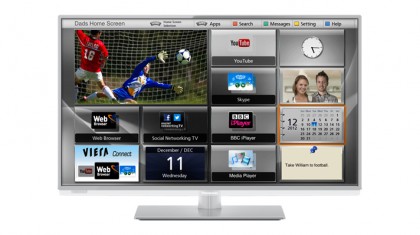
Neither rival brand has as good an app as Viera Remote 2 - especially its Swipe & Share 2.0 features - and it's also hard to beat the Panasonic TX-L32E6B's slender bezel and reliable, versatile picture quality.
Put simply, the Panasonic TX-L32E6B gives you a lot for your money.

Jamie is a freelance tech, travel and space journalist based in the UK. He’s been writing regularly for Techradar since it was launched in 2008 and also writes regularly for Forbes, The Telegraph, the South China Morning Post, Sky & Telescope and the Sky At Night magazine as well as other Future titles T3, Digital Camera World, All About Space and Space.com. He also edits two of his own websites, TravGear.com and WhenIsTheNextEclipse.com that reflect his obsession with travel gear and solar eclipse travel. He is the author of A Stargazing Program For Beginners (Springer, 2015),
